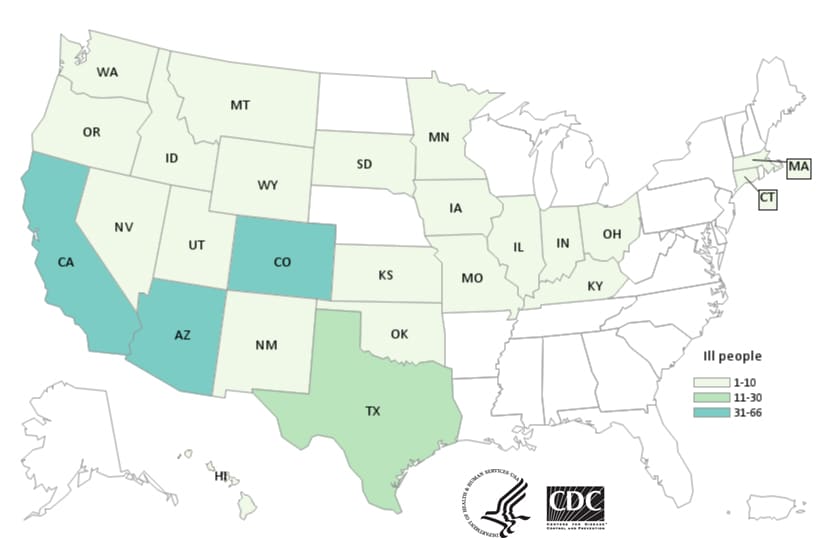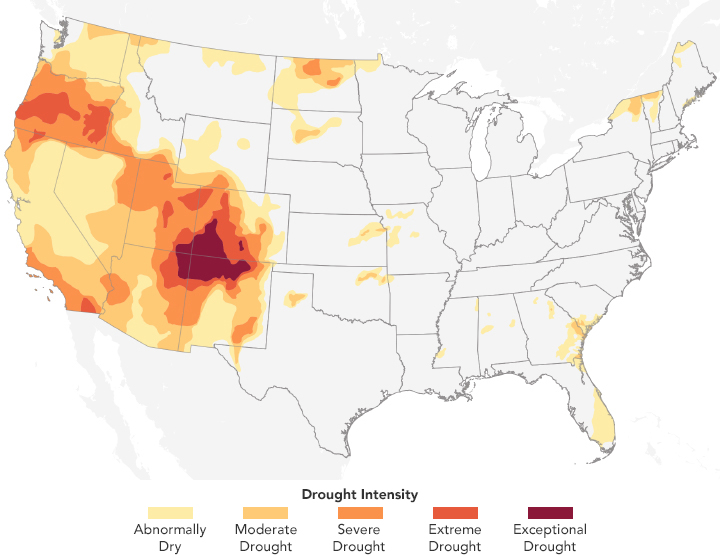Archive for November, 2018
Tedros Adhanom Ghebreyesus, PhD, the WHO’s director-general: “Nobody should die from malaria.”
Tuesday, November 20th, 2018- Last year, about 70% of malaria cases and deaths were concentrated in 11 countries: Ten are in Africa (Burkina Faso, Cameroon, Democratic Republic of the Congo, Ghana, Mali, Mozambique, Niger, Nigeria, Uganda, and Tanzania), and the other is India.
- The 10 African nations had 3.5 million more malaria infections than in 2016
- India showed progress in reducing its disease burden.
- Possible reasons for the increase in vulnerable countries: Major coverage gaps in use of insecticide-treated bed nets and other tools for preventing the mosquito-borne disease.
- WHO estimated that for 2017, half of Africa’s at-risk populations did not sleep under a treated bed net. Fewer homes in the region were protected by indoor residual spraying and that use of therapies for protecting pregnant women and children from malaria was still too low.
- Funding for the global response has leveled off. For 2017, there was $3.1 billion for malaria control and elimination programs, 28% of it from the governments of malaria-endemic countries.
- The United States was still the single largest international donor, contributing $1.2 billion (39%) toward malaria efforts in 2017.
- At least $6.6 billion annually by 2020 is needed, which the WHO said is more than double the amount currently available.
Glimmers of progress elsewhere
- More countries are nearing malaria elimination. There were 46 in 2017, compared with 37 in 2010.
- China and El Salvador, two malaria-endemic countries, reported no local transmission in 2017
- This year, the WHO certified Paraguay as malaria-free, the first Americas country to achieve the status in 45 years.
- The WHO said three other countries have requested WHO malaria-free certification: Algeria, Argentina, and Uzbekistan.
- India reported a 24% reduction in cases for 2017 compared with the previous year.
- Other nations reporting declines in cases last year included Rwanda, Ethiopia, and Pakistan.
The effects of climate change: Heat waves, wildfires, sea level rise, hurricanes, flooding, drought and shortages of clean water.
Tuesday, November 20th, 2018A police officer, a doctor and a pharmaceutical assistant are dead after a Monday afternoon shooting at Chicago’s Mercy hospital
Tuesday, November 20th, 2018https://www.youtube.com/watch?v=znM2x-w8O9k
Texas: Mexican honey-filled pacifiers linked to 4 infant botulism cases
Monday, November 19th, 2018“…… four children from around the state came down with infant botulism from August to October, and they all were reported to have been given honey pacifiers purchased in Mexico…….”
Infant botulism cases prompt alert about honey pacifiers
News Release
Nov. 16, 2018
Children under 12 months old should not consume honey
The Texas Department of State Health Services is warning parents and other adults not to give babies pacifiers containing honey after four babies were treated for botulism in Texas. Each infant had been given a honey-containing pacifier purchased in Mexico.
The four illnesses occurred from mid-August to the end of October and caused all four babies to be hospitalized for life-saving treatment. The unrelated infants are residents of West Texas, North Texas and South Texas.
Botulism is a serious illness caused by a toxin that attacks the body’s nerves and can cause difficulty breathing, paralysis and even death. Honey may contain bacteria that produce the toxin in the intestine of babies that eat it. By the time children get to be 12 months old, they’ve developed enough other types of bacteria in their digestive tract to prevent the botulism bacteria from growing and producing toxin.
DSHS today also issued a health alert asking health care providers to look out for cases of infant botulism and to remind parents not to let babies eat honey. The Centers for Disease Control and Prevention and the American Academy of Pediatrics have long advised that children under 12 months old should not consume honey.Honey-filled pacifiers are not common in the United States but may be available in some specialty stores and through online retailers. Most aren’t designed for the honey to be consumed, but some have a small hole so a child could eat the honey, or the pacifier could accidentally rupture or leak. Parents should also avoid pacifiers containing any other food substance, because they could also pose a risk of botulism.
Texas has had seven to eight cases of infant botulism per year in recent years. Ten confirmed or suspected cases have been reported in 2018. Additional information on botulism is available on the DSHS website.
-30-
11/18/1987: A fire in King’s Cross underground station kills 30 commuters and injures scores of others.
Sunday, November 18th, 2018https://www.youtube.com/watch?v=sj21xNbNKBQ
People infected with the outbreak strain of Salmonella Newport, by state of residence, as of November 15, 2018 (n=246)
Sunday, November 18th, 2018
EMS Mobile Integrated Health & Disasters
Sunday, November 18th, 2018In many communities across the country, Emergency Medical Services (EMS) provide preventative health care to help reduce unnecessary and costly trips to the emergency room and ensuing hospital admissions. EMS operating in a Mobile Integrated Health (MIH) role help patients with chronic conditions in their homes, divert ambulance calls to outpatient providers, and in some communities, use telemedicine to connect their patients with physicians from their homes.
But what if a disaster should strike? How might MIH providers best assist in the response effort?
A recent study1 was the first to examine the work of MIH providers — Richland County (South Carolina) EMS — during an October 2015 response to severe flooding.
Study findings
MIH providers were able to meet vulnerable patients’ health needs in severe flooding conditions by:
- Reconnecting individuals in emergency shelters with:
- Lost medications.
- Alternative housing or social services.
- Transportation to relocate them with family outside of the affected area.
- Other essential health care.
- Readily identifying to local authorities those patients who required in-person wellness checks.
- Delivering food and water to patients they knew were unable to leave their homes due to a disability.
- Providing uninterrupted power supply for home ventilators, left ventricular assist devices, and other medical equipment.
EMS physicians augmented MIH services during the flood response by performing telephone triage and self-care instruction to patients cut off from EMS. They responded to the field and provided consultation to MIH as needed.
Research takeaways for MIH providers
- Include disaster response in the MIH training curriculum.
- Help patients prepare for disasters by emphasizing the need for an evacuation plan and to safeguard adequate supplies of medications and durable medical equipment.
- Identify ahead of time community members with complex medical needs, such as people who require access to uninterrupted power for life-sustaining medical equipment.
1Gainey C., Brown H., Gerard W. (2018). Utilization of Mobile Integrated Health Providers During a Flood Disaster in South Carolina. Prehospital and disaster medicine: 33(4), 432-435.







